Popularity Contest: Examining the Adoption Rates of .NET Core and .NET Framework
[featured_image]
The Rise of .NET Core
In recent years, there has been a surge in the popularity of .NET Core, a free and open-source, managed computer software framework family developed by Microsoft. This rise can be attributed to its cross-platform capabilities, with the ability to run on Windows, macOS, and Linux, as well as its modernized and modular architecture.
The Dominance of .NET Framework
On the other hand, .NET Framework, the predecessor of .NET Core, has been a dominant force in the software development industry for many years. It has been a go-to choice for developers due to its extensive class library and compatibility with numerous programming languages.
Adoption Rates and Trends
When examining the adoption rates of these two frameworks, it is clear that .NET Core is steadily gaining traction, particularly among developers looking to build applications that can run on a variety of platforms. On the other hand, .NET Framework continues to be widely utilized, especially for enterprise-level applications and legacy systems.
Challenges and Considerations
One of the challenges in transitioning from .NET Framework to .NET Core lies in the differences in APIs and libraries. However, the benefits of embracing .NET Core, such as improved performance and scalability, cannot be overlooked.
The Future of .NET
As the software development landscape continues to evolve, it is anticipated that the adoption rates of .NET Core will continue to rise, especially with the upcoming release of .NET 5, which is set to unify the capabilities of .NET Core and .NET Framework. It will be interesting to see how this unification will impact the popularity contest between the two frameworks.
